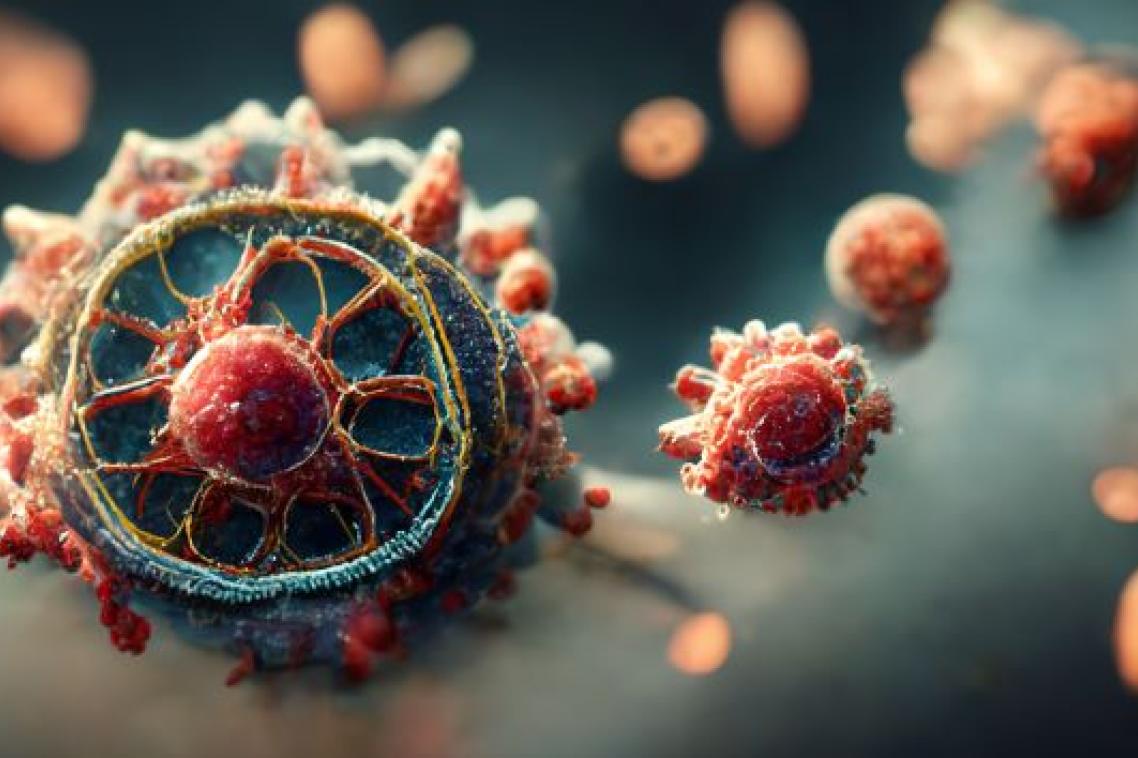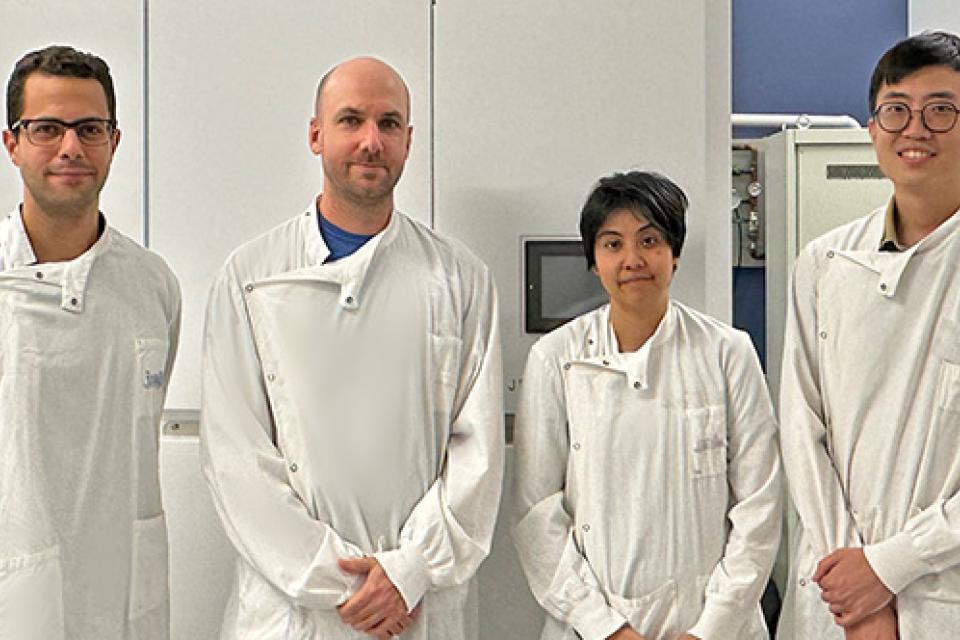UQ researchers tackle viruses with pandemic potential

Researchers have shed light on how a highly infectious virus, that has recently transferred from animals to people, is able to enter human cells.
The University of Queensland’s Dr Ariel Isaacs and Dr Yu Shang Low have uncovered the structure of the fusion protein of Langya virus, which was discovered in people in eastern China in August 2022.
Dr Isaacs said the virus caused fever and severe respiratory symptoms and was from the same class of viruses as the deadly Nipah and Hendra viruses.
“We’re at an important juncture with viruses from the Henipavirus genus, as we can expect more spill over events from animals to people,” Dr Isaacs said.
“It’s important we understand the inner workings of these emerging viruses, which is where our work comes in.”
The team used UQ’s molecular clamp technology to hold the fusion protein of the Langya virus in place to uncover the atomic structure using cryogenic electron microscopy at UQ’s Centre for Microscopy & Microanalysis.
“Understanding the structure and how it enters cells is a critical step towards developing vaccines and treatments to combat Henipavirus infections,” Dr Isaacs said.
“There are currently no treatments or vaccines for them, and they have the potential to cause a widespread outbreak.”

“These are viruses that can cause severe disease and have the potential to get out of control if we’re not properly prepared,” Dr Watterson said.
“We saw with COVID-19 how unprepared the world was for a widespread viral outbreak and we want to be better equipped for the next outbreak.”
The researchers will now work to develop broad-spectrum human vaccines and treatments for Henipaviruses, such as Langya, Nipah and Hendra.
The research is published in Nature Communications.
UQ acknowledges the support of the Coalition for Epidemic Preparedness Innovations, the Queensland and Australian governments and philanthropic partners.
Pictured above left: The research team in front of UQ's cryogenic electron microscope, L-R Dr Ariel Isaacs, Associate Professor Daniel Watterson, Dr Naphak Modhiran and Dr Yu Shang Low.
Media: Dr Ariel Isaacs, a.isaacs@uq.edu.au, +61 415 401 472; Dr Daniel Watterson, d.watterson@uq.edu.au, +61 422 098 299; Faculty of Science Media, science.media@uq.edu.au, +61 438 162 687.
Related articles

Beyond COP30 – harnessing momentum and opportunity

Nature versus nurture question addressed in landmark study
Media contact
UQ Communications
communications@uq.edu.au
+61 429 056 139
